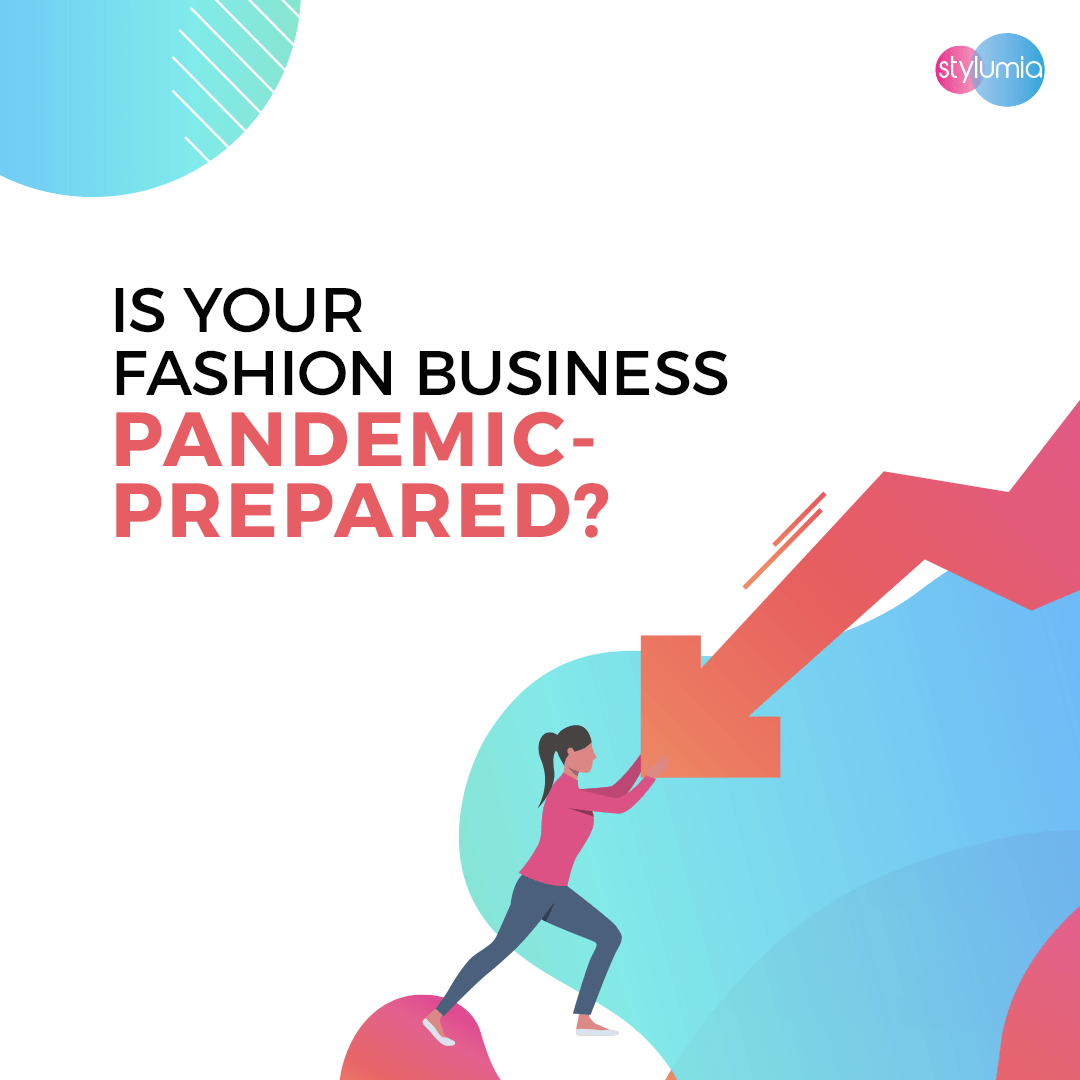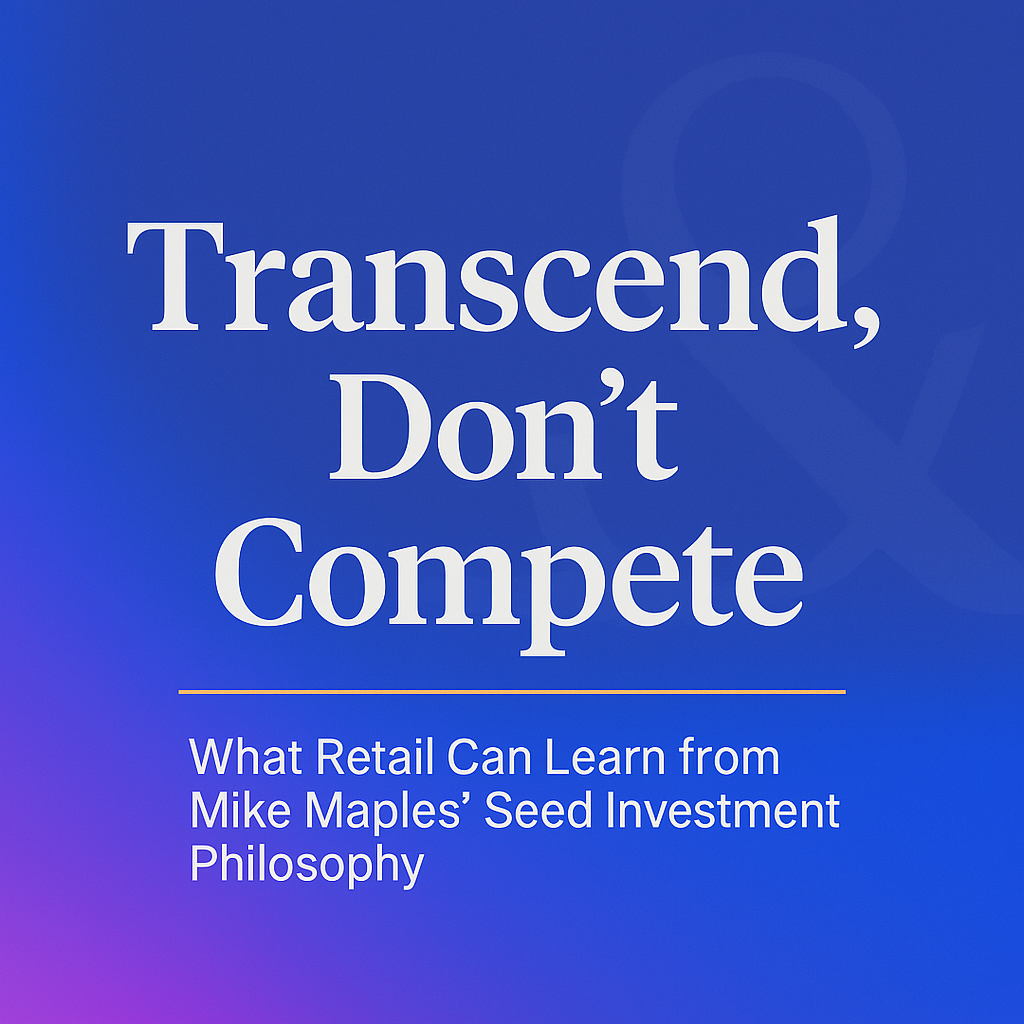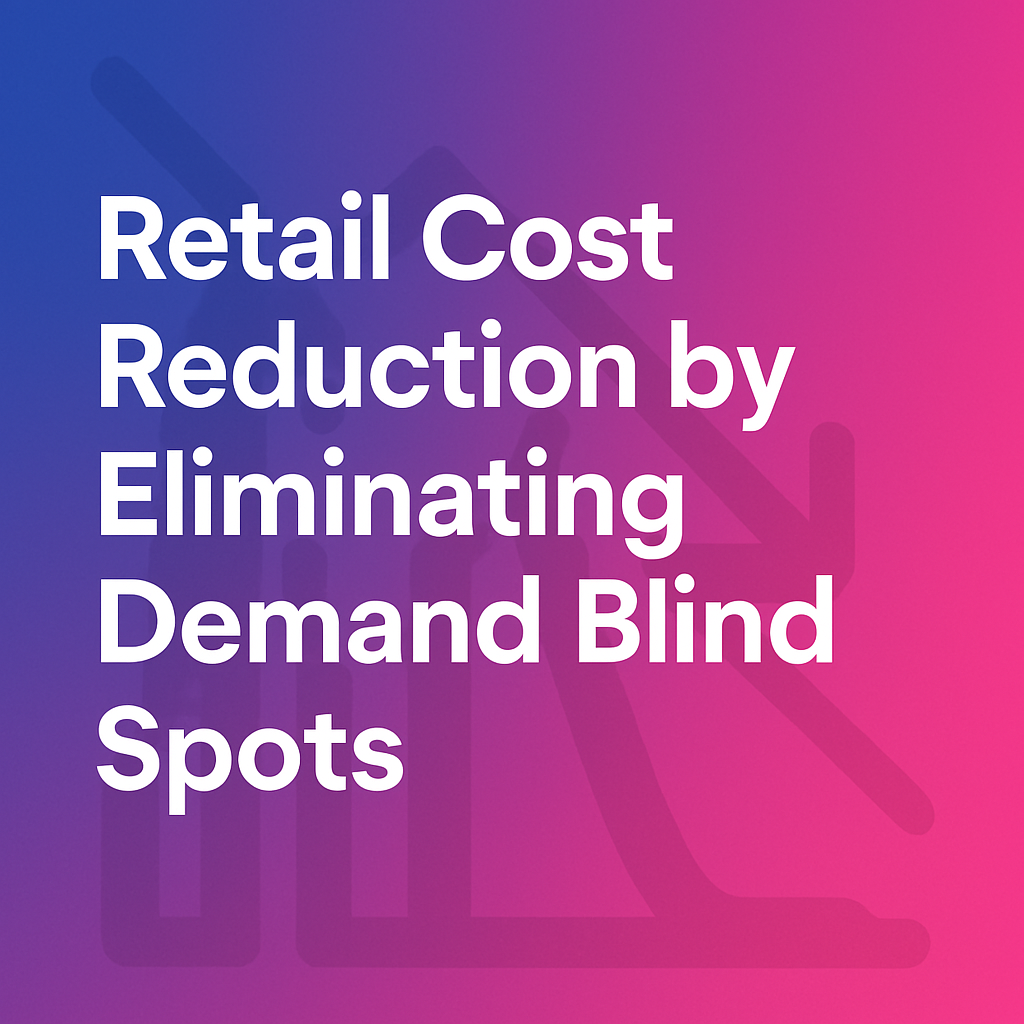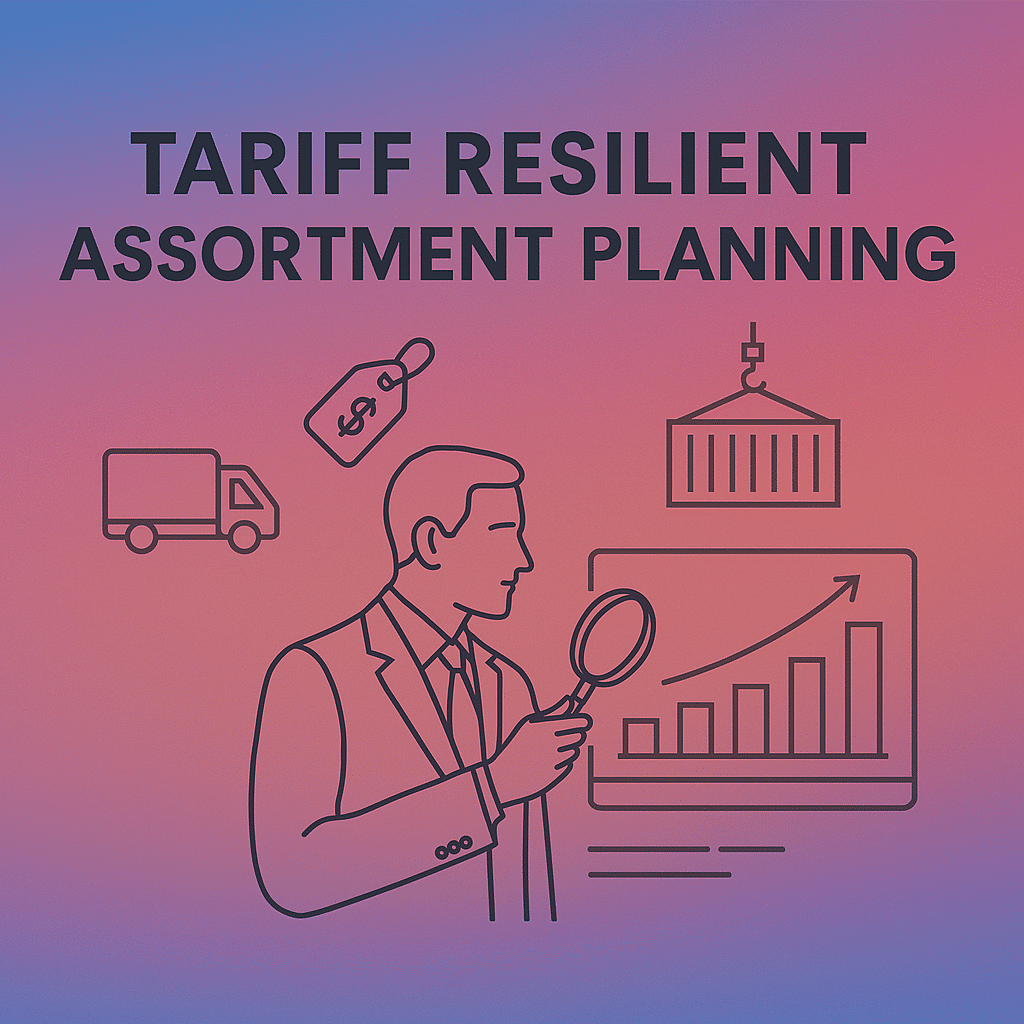Is Your Fashion Business Pandemic-Prepared?

The world is concerned about the COVID-19 pandemic, and every country is taking precautions and learning from each other. We have taken the first step of working from home at Stylumia, Thou shalt work from home. We have cancelled all our national and international travel plans and thank all our clients for converting the in-person meets to digital. Hence, pandemic prepared.

# Potential Recession in 2020
The US’s biggest bank has just announced their official outlook on the US and European economy on the 13th March 2020, they are constantly revising their forecast as the COVID-19 situation develops. This is what they have to say as per the Business Insider article here.
“A new economic-growth estimate from JPMorgan projects that a recession will hit the US and European economies by July. The bank said its views of the coronavirus outbreak “have evolved dramatically in recent weeks.” JPMorgan economists now expect US GDP to shrink by 2% in the first quarter and 3% in the second”.
A technical recession is defined as two consecutive quarters of negative gross-domestic-product growth. The bank’s emerging-markets economists haven’t updated their growth estimates, but “evolving news on the virus and the material tightening” in those markets’ financial conditions make it “reasonable to expect further downward revisions” in global first-half GDP, the economists wrote.

# Learning from the past
There is an interesting study by Kevin Laczkowski and Mihir Mysore from Mckinsey who studied how different companies prepared and responded to the previous downturn and presented their findings in an HBR article early last year.
The question in front of all of us is not whether to prepare, it is how to prepare. Looking at the pattern of behavior of companies during the recession, some companies not only survived during the downturn but thrived. The research focussed on companies that delivered an exceptionally high total return to shareholders (TRS) within their industries. Their performance dipped less than their peers during the downturn. They also significantly widened their leads during the economic recovery.

# What makes these Companies different?
Would you like to use the recessionary trend to be a differentiator post-recession?
Follow what these companies did.
These companies anticipated and started working on their actions ahead of their peers. They were exposed to top-line hits like others.
Their willingness to move early made them far more likely to successfully weather economic shock.
They built a lot more flexibility in their investment planning and operations in addition to pursuing continued earning expansion. They reduced debt significantly as the recession hit its peak while their peers in the market increased their debt.
It is not pruning jobs as much as business prudence and timeliness that helped the resilient companies to perform ahead. “Cost Cutting” may end up inadequate in this environment for earnings growth.
The authors strongly recommend companies turning to digital tools and advanced analytics to bolster productivity and drive growth.
Let us look at what action can your business take.
# What actions can your business take?

One of the key investments in any fashion business is “Inventory” which devalues with time which makes it all the more challenging. Long lead times in many cases pose a challenge to flexibility.
We recommend the following actions for any fashion & lifestyle brand/retailer
1. Plan your growth carefully (out of stock is better than overstock). Build scenarios and keep your plans ready for multiple eventualities.
2. Do not place full orders in advance (keep a good % of in-season OTB (open to buy) for the response – the quantum depends on your ability to respond. Keep re-foresting. Use scientific models in your predictions balanced with judgment.
3. Build a close to the season response capability. If you don’t have one, this is the time. Build partnerships that can bring this capability. You may consider reducing offshore (long lead time) ordering (time is more precious than product cost).
4. Use advanced analytics and intelligence in deciding your product range and placing the right quantity bets. Keep consumers at the center of your decision-making. A 10% increase in forecast accuracy can impact your earnings by 30-40%. As the market is getting tighter, the headroom to make errors come down significantly. Stylumia’s prediction solution APOLLO & Store.Y can come in handy for you to predict demand at various levels of the supply chain.
In our WTS’s 150th edition, Fashion’s MoneyBall Moment article, we covered in detail how Analytics can be your competitive advantage. This article also talks about the analytics maturity model. You can see for yourself where you stand and start taking action forward. We can help you with that.
5. Absorb/Adopt wholesale orders with caution, your partners also do not know what is coming up, educate them and move in together. The more you push more there can be a backlash when the demand slumps. Past orders are not a representation of the future off takes.
6. Relook at your portfolio and re-align for the time ahead. Build a data-driven competitive intelligence for a relevant response. In recessionary periods, there will be price sensitivity across the spectrum of offerings. Equip yourself with data-driven pricing intelligence in the marketplace. It will be critical to have the intelligence of what consumers are buying rather than what all is out there. Stylumia’s CIT (Consumer Intelligence Tool) bridges this need gap of knowing real-time trends of products and prices in local and global markets including future signals and current trends with one of its kind proprietary demand-sense.
This is a great boon in particular when your teams can not travel as freely as before due to restrictions. You can get consumer intelligence sitting in your workplace or at home, updated on a daily basis.
7. Eliminate all forms of waste. Most ignored is “Time”. Reduce decision-making time with data.
We at Stylumia, through our predictive solutions (complete suite below), enable fashion brands and retailers to stay on course with the demand sensing to ensure that they are not only Pandemic-Prepared but always Resilient. If you would like to be one of those Resilient companies beating the downturn, make the best use of travel-ban for your teams, and also outperform when the market recovers, please reach out to us.

We are all in it together. Most importantly, our intent is to support you through these periods and come out stronger than ever before.



